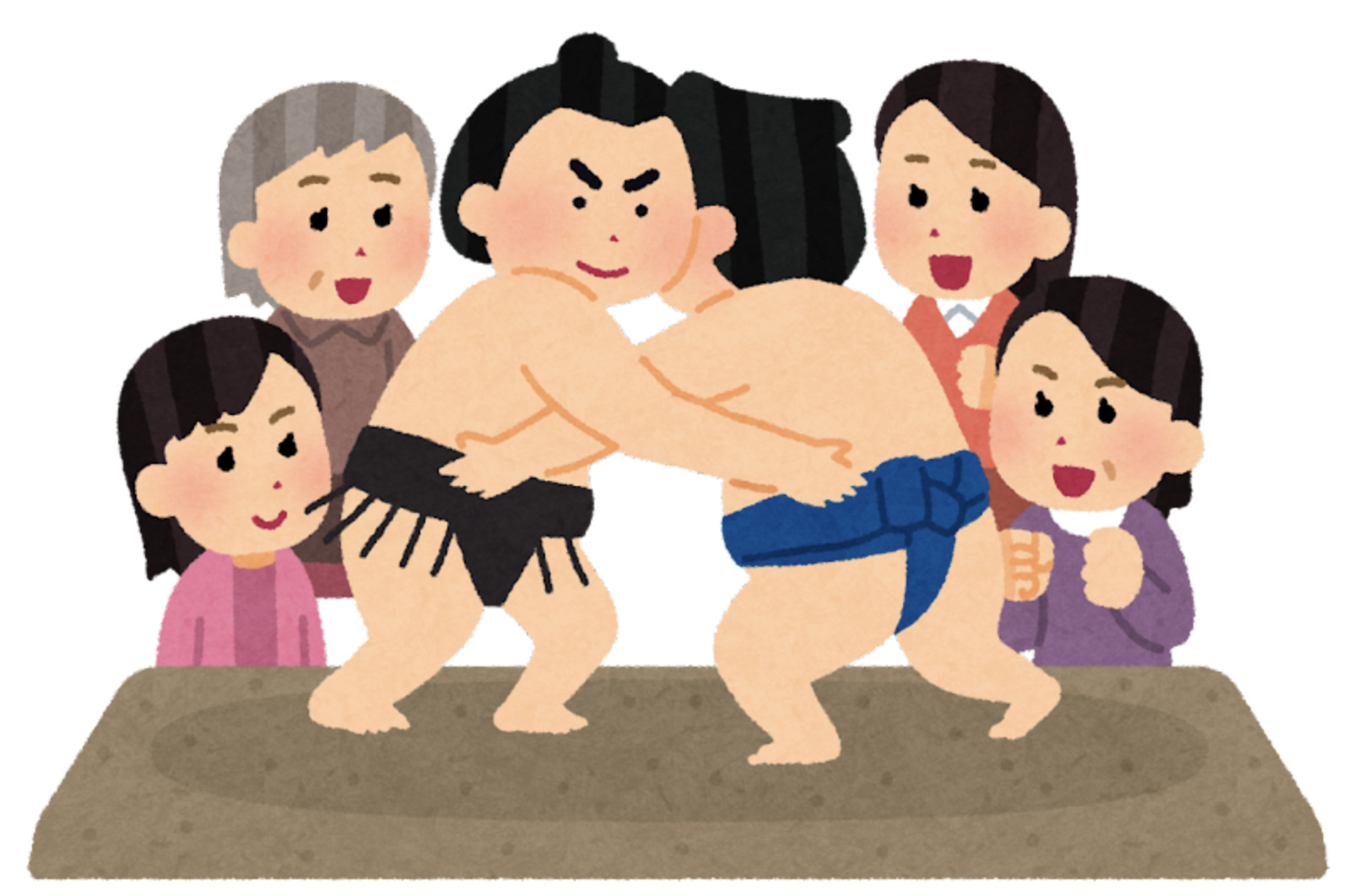Although women are allowed to step into the sumo ring in “women’s sumo,” it is said that women are not allowed in the Grand Sumo ring.
In this article, we will explain why women are not allowed in the Grand Sumo ring.
What is Grand Sumo?
Sumo is a type of ring-fighting martial art.
Amateur sumo refers to sumo tournaments that are not sponsored by the Japan Sumo Association, such as those for students and adults, and women’s sumo tournaments are also held.
When was women’s Grand sumo prohibited?
It is unknown why or when women were prohibited from participating in sumo, but it is believed that they were prohibited in the mid-1800s.
Women’s sumo has existed as a form of entertainment since before the years 1868-1912, and women have wrestled since ancient times.
Women, like men, wore only loincloths and no clothing on their upper bodies at the time, and sumo was intended to be a spectacle.
Women’s nudity was prohibited in the mid-1800s, and it appears that the practice gradually became “women-only.
Reasons why the Grand Sumo ring was closed to women
Influence of Westernization
During the 1868-1912, Japan’s exchange with Western countries was increasing and westernization was progressing, so it is believed that women were forbidden to fight in the ring because they did not want Westerners to think that the sight of women fighting was barbaric.
Man’s domination of women
In the mid-1800s, the idea of male chauvinism became stronger, and sumo was considered a male sport, so it was “prohibited for women.
Women were said to be unclean
Unholy “Death, disease, or blood are examples of abominable or impure things.
In Shinto, “unholy” is something to avoid, which is why people avoid visiting shrines when a member of their family dies “God despises the unholy.
Women were once thought to be unclean because they shed “blood” during menstruation and childbirth, and the theory is that by associating sumo with Shinto rituals, they were “forbidden” to women.
Because the goddesses would be jealous.
Sumo wrestling was originally performed as a Shinto ritual to pray for a good harvest and to give thanks for the harvest.
Since the god of a good harvest is a woman, sumo was held so that people could enjoy the sight of naked men clashing and fighting with each other. The theory is that when women entered the ring, the god became jealous, and it was thought that it would lead to a bad harvest that year.
Why Women Are Still Prohibited in Grand Sumo Today
However, women’s sumo is still practiced today, and the only place where “women are prohibited” is Grand Sumo.
It is because Grand Sumo is considered a “Shinto ritual.
The origin of Grand Sumo is said to be the Sumahisechie, a court ceremony.
Sumahisechie “On July 7, 734, Emperor Shomu gathered Sumo wrestlers from all over Japan and had them wrestle at the palace in a combination of Sumo and an agricultural ritual to pray for a good harvest and give thanks for the harvest.
It is said that the reason for making Grand Sumo a special and venerable “Shinto ritual” was because “women are unclean” and “the goddess of fertility is jealous,” and thus the rule of “no women allowed” was retrofitted to make Grand Sumo a Shinto ritual “Shinto ritual.
Grand Sumo” prohibits women from entering the ring because “it is a tradition” and “it is a Shinto ritual.
The Japan Sumo Association cites the following reasons on its official website: “Sumo originated as a Shinto ritual,” “the prohibition of women is part of Grand Sumo’s traditional culture,” and “the Grand Sumo ring is a sacred place for wrestlers.
However, none of these arguments are likely to persuade the public, given that women have wrestled since ancient times.




Comments